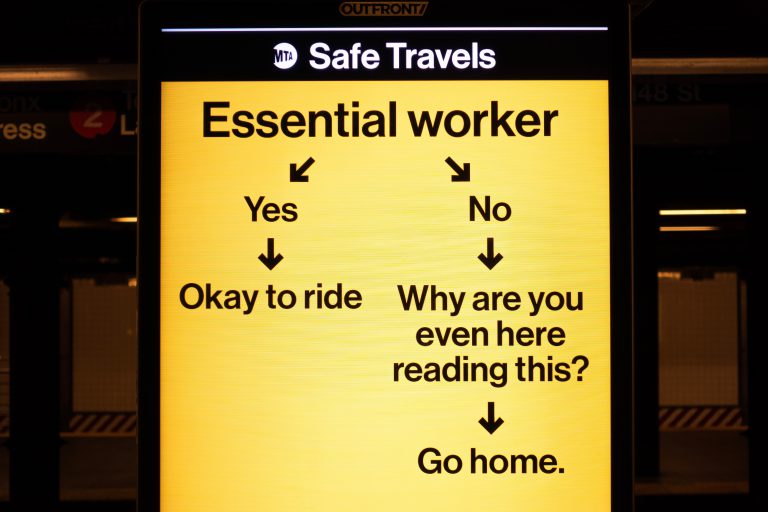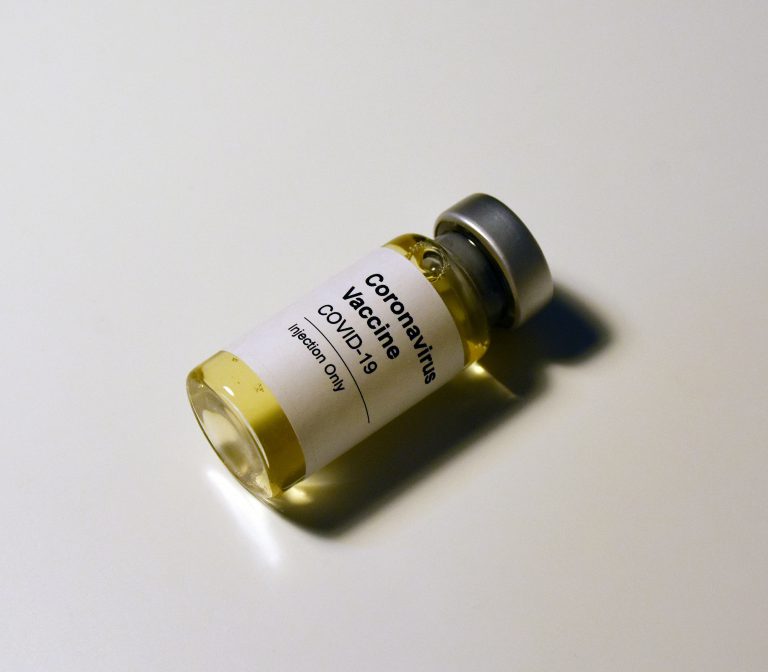Due to the current Coronavirus (COVID-19) pandemic, a demand for telehealth and virtual care is on the rise within the healthcare industry. Complex adjustments in physician payment methods regarding budget-neutrality and the reduction of documentation burdens are posing challenges for medical practitioners, as the changes can’t come quickly enough. The significant changes taking place are beginning to impact the efficiency of modern healthcare systems.
Alternative payment models are taking up too many resources
A new joint study conducted by the RAND Corporation and American Medical Association (AMA) revealed that practices are spending substantial resources in an attempt to keep up with program details as opposed to improving on the quality of care for new and existing patients. The complexity and pace of these changes are causing implementation challenges and hampering the ability of physicians to focusing on advancing towards better healthcare.
Since 2014, researchers at RAND have been observing how physician practices respond to alternative payment models by examining at least 31 operations in various geographic markets. Some changes in compensation included bonuses for meeting quality achievements and penalties for missing the mark. In the coming years, researchers prioritized re-interviewing the same practice leaders for the sake of consistency. Findings were used to guide system-wide efforts by the AMA along with other stakeholders looking to improve these models.
According to AMA President Dr. Barbara L. McAneny, what physicians are finding most difficult is marrying complex payment models with public and private value-based policies that are constantly undergoing change, to begin with. Due to administrative burdens, physicians are falling away from prioritizing patient care. McAneny took the findings to initiate a call to action to align future models with measures aimed at improving patient care. The AMA further found that the long-term sustainability of such developing models depended primarily on value-based models that were financially sound and aligned across payers, physicians, and patients alike.
Across the markets studied by the Medicare Access and CHIP Reauthorization Act of 2015 (MACRA) Quality Payment Program, leaders observed acceleration in the pace of change in payment methods from private insurers and government programs.
Physicians are slowing down due to lack of data management skills
Smaller independent practices have claimed to lack data management skills and experience that contribute to improved performance in alternative payment methods. They further expressed that introducing methods to help practices mater the interpretation of health data would improve the potential successes of such payment models. Medical practices were found to be averse towards the financial risks such as penalties for the cost of care overruns. As a result of this, a number of practices renegotiated contracts with payers in order to reduce excess risks or transfer some risk to larger partners such as hospitals or device manufacturers.
Conclusion
Physicians who experienced new reporting and thus greater documentation burdens or saw no perceptible improvements in patient care then disengaged from the methods or at least expressed skepticism. What may improve these alternative payment models in the future is allowing physicians and other practice leaders to help design them. By working in tandem with data experts, physicians can expect an improvement in overall engagement as well as in the likelihood that such strategies will enhance patient care altogether.
For more comprehensive reports and up-to-date health and medical news, be sure to click over to us at Dose of Healthcare today!
















